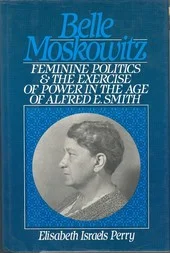Days of Future Past: Dystopian Comics and the Privatized City
By Ryan Donovan Purcell
“The past: a New and uncertain world, a world of endless possibilities and infinite outcomes. Countless choices define our fate — each choice, each moment, a ripple in the river of time — Enough ripples and you change the tide, for the future is never truly set.” This is the lesson Dr. Xavier learns at the end of the Marvel film, X-Men: Days of Future Past(2014). It’s a science-fiction alternative history in which the X-Men send Logan (Wolverine) back to the year 1973 to change their fate. In order to prevent the sequence of events that leads to mutant annihilation Logan must break into the Pentagon, prevent a landmark arms deal at the Paris Peace Accords, and save Richard Nixon from mutant radicals (as one might expect). The comic on which the film was based, however, is a far different story.
Read More








